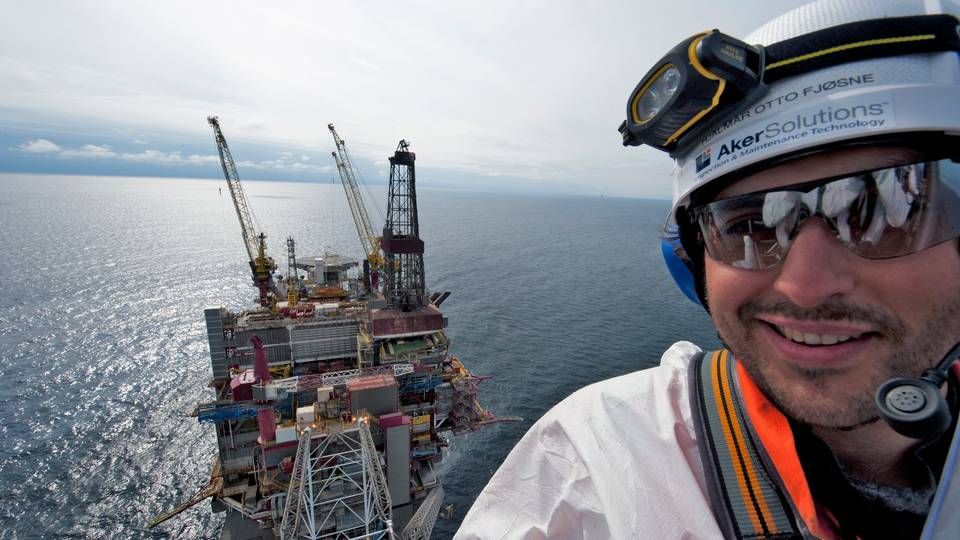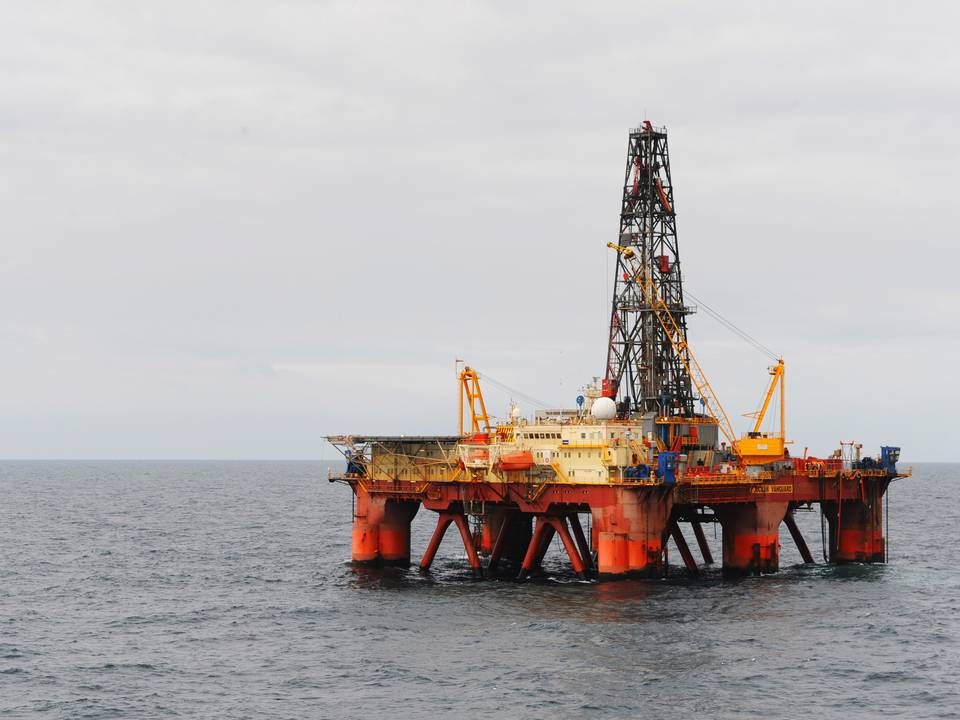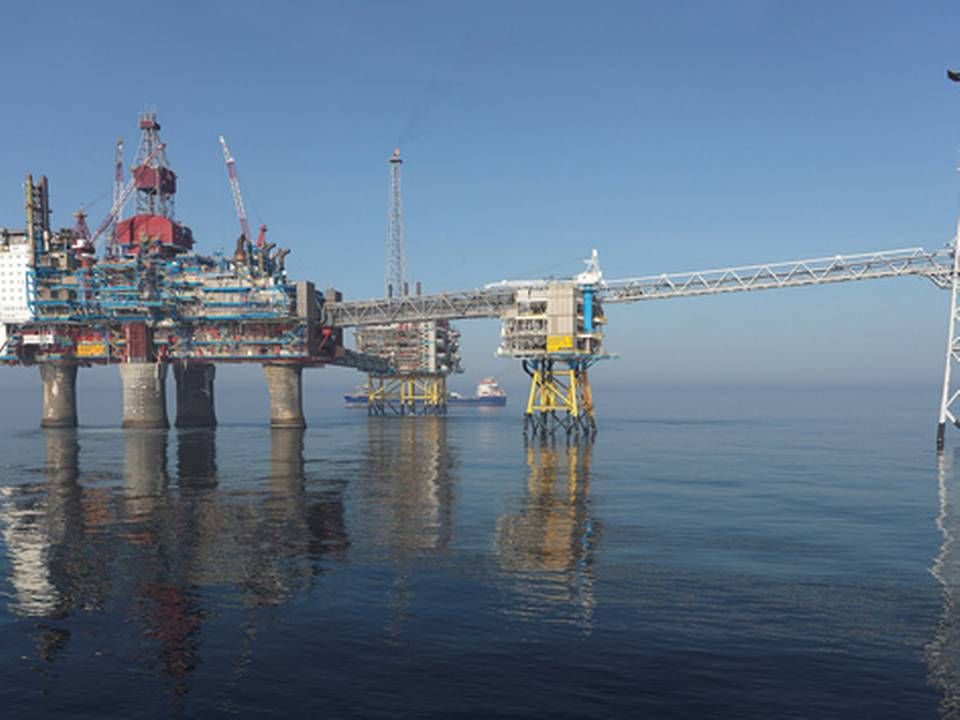Danske Bank: Offshore industry had become too costly
What many have called an offshore crisis, with trimmed down investments budgets as well as staff reductions, is just as much a symptom of a necessary development in a business where costs had become too steep, Danske Bank's Global Head of Shipping & Offshore Øivind Haraldsen tells ShippingWatch.
He explains that there are many areas in the oil business where prices, for example the daily rates of an oil rig, had reached levels that are not sustainable.
"Its healthy and necessary, what's happening in the industry, even though there are negative consequences for many. There was a need for adjustment because prices had skyrocketed. In a situation like that, its unavoidable that some people will run into trouble and, as we have seen, that others will reduce costs or withhold dividends. It will be interesting to see how the price of oil develops in 2015, but I think we will see more examples of companies taking the consequences of a low oil price. More vessels and rigs could be idled," Øivind Haraldsen tells ShippingWatch.
Analysts: Oil industry about to make the real cuts
Danske Bank holds assets in shipping and offshore for around USD 7.5 billion in total, of which about 30 percent is offshore. Even though the offshore industry was affected particularly negatively in the second half of 2014 by the sliding oil price, Danske Bank's recently published annual report does not show negative effects in the form of increased loan loss provisions. As in shipping, the level is low and Øivind Haraldsen does not expect a significant increase for 2015 in the level of provisions among offshore companies with loans from the bank.
"Of course it would be hard to completely reject that there might come provisions this year, but most of our customers have good contract coverage in 2015 and a solid gearing," he explains.
The scenario at Danske Bank thus falls in line with other major Nordic shipping and offshore banks' experiences in 2014, namely that the bank has not been particularly affected by the offshore slowdown, and that a real consequence is not expected to emerge until 2015/2016. Danske Bank also followed the pattern for shipping, with positive developments in tanker and a more negative development among dry bulk carriers.
Tanker positive
"Tanker developed nicely last year, whereas dry bulk has not done so well. The way things look now, we are pretty positive about the tanker sector, where there seems to be a good balance between supply and demand. Both VLCC, product tanker and actually even chemical tanker looks good. The problem for dry bulk is that there is still overcapacity in the market, but there has also been a lower demand that we had anticipated," says Øivind Haraldsen.

DNB: The worst is yet to come
Kristin H. Holth, Global Head Shipping, Offshore & Logistics in the Norwegian bank DNB, told ShippingWatch last week that she believes the worst is yet to come for the offshore sector, and that the industry is facing a tough elimination race:
"Most companies have good contracts this year, but fewer contracts will be available next year, so if this low market continues we will basically see more problems at the end of this year and next year. That's where the true test will be, showing who has positioned themselves well enough," she said.
Oil and gas down USD 27.5 billion on Oslo Stock Exchange
Related articles
Mass layoffs in the oil industry increase every day
For subscribers
The first 10,000 oil jobs will disappear here:
For subscribers





















